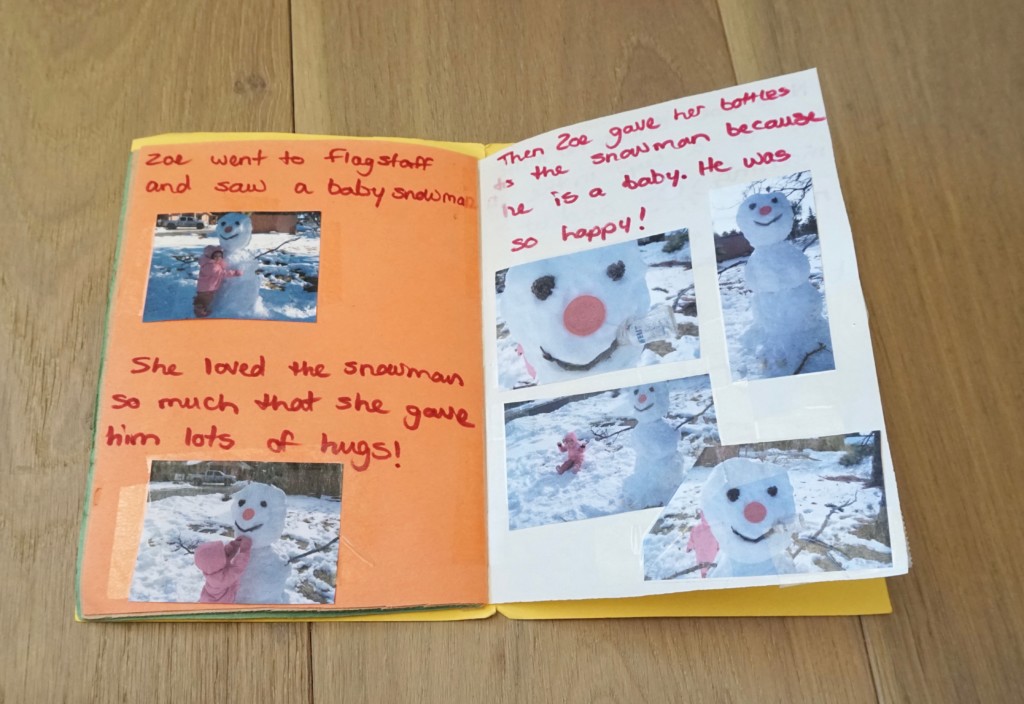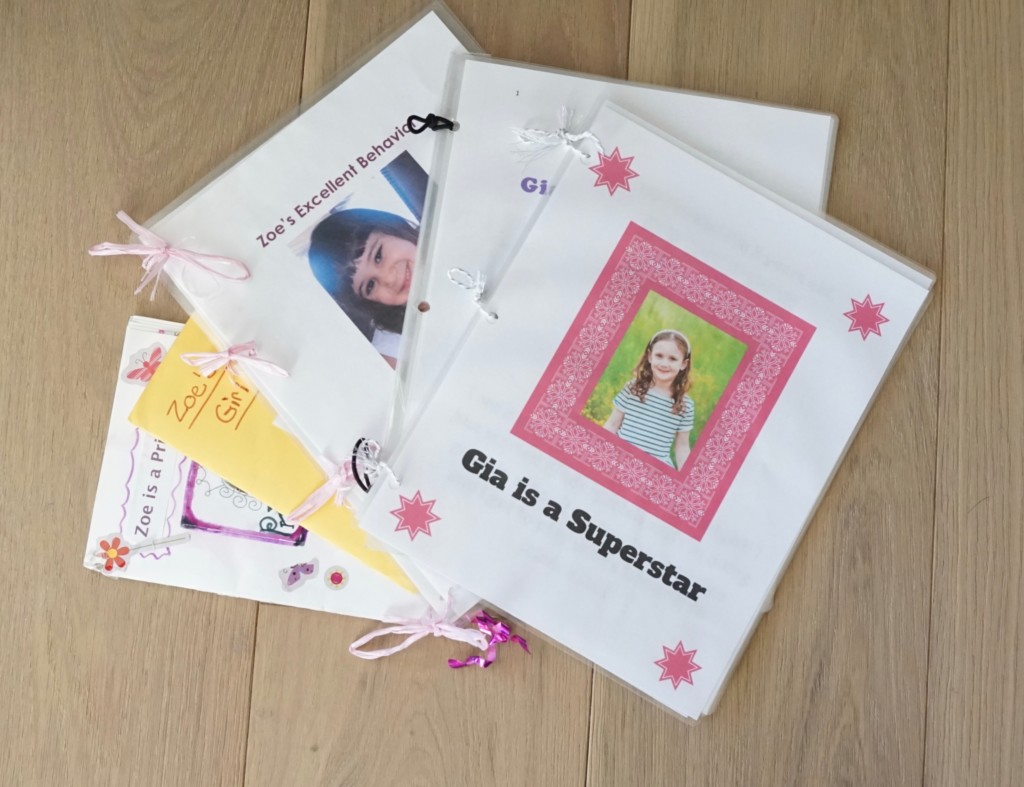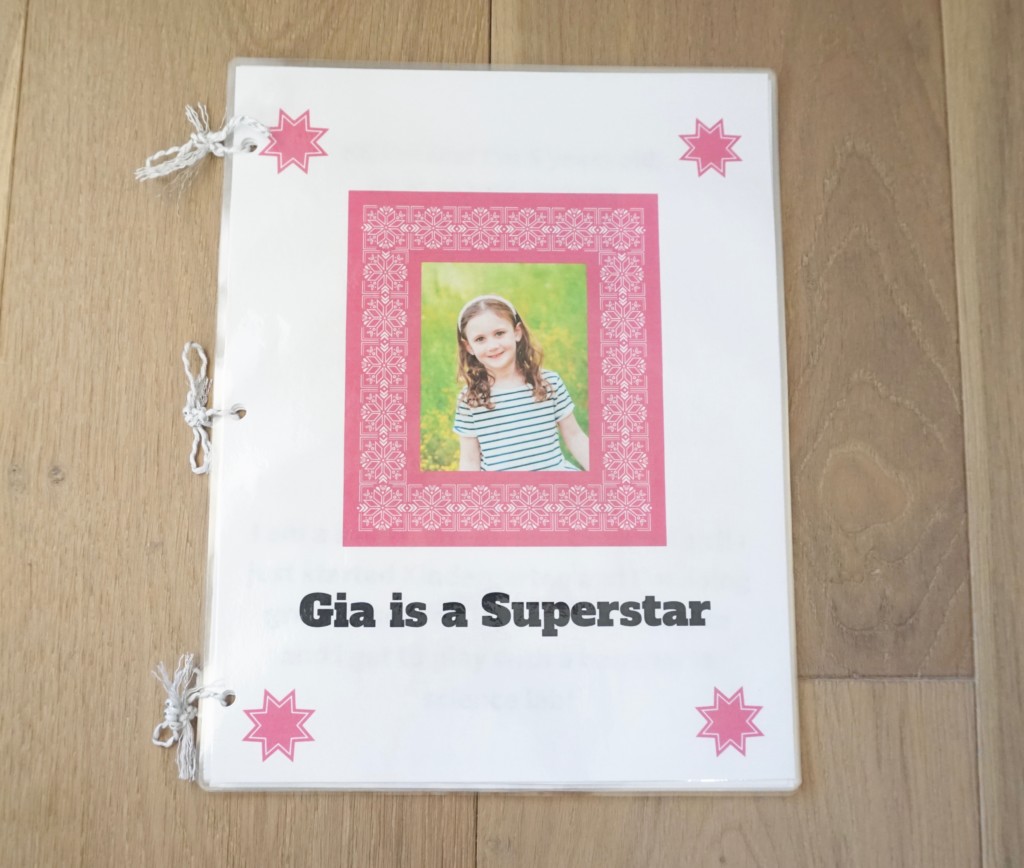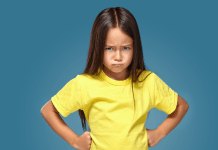My daughter did not want to give up her bottle. She was already 20 months and I knew it was time. I tried all my usual tricks, positive reinforcement charts, modeling drinking milk from a cup, making fun play scenarios and having her stuffed animals “drink” from cups, showing her videos of big kids drinking from cups, telling her that we had to give her bottles to a friend’s baby.
Nothing was working. As a Speech Pathologist, I felt a little bit of pressure to switch to cups because I knew that straw cups and open cups were the best choices at her age to encourage proper feeding, swallowing, and speech skills. I was too much of a wimp to take the bottle away cold turkey, so I knew I had to come up with something creative.
One day at work, I was in the midst of creating a social story for one of my clients and it hit me! A social story for my daughter just might work! (I’m not talking about the stories you see on social media). That night I came home and grabbed some paper, markers, and stickers and went to town. It wasn’t a traditional social story but more of a storybook that was all about my daughter and her bottle “situation.” We had planned a trip up to Northern Arizona and it was Winter, so I decided that in the story (and in real life) we would give her bottles to a “baby snowman.” Who knew if it would work, but at that point, it was worth a try.
Long story short, we found a snowman and called it the “baby snowman” and she wanted to leave her bottles with him. We let her place them around him and one on his mouth (and picked them up while she wasn’t looking, lol) and then left for home. When we got home I printed pictures of the snowman with his bottles and added these to the story. We read the story that night and she was so happy that the bottles were in a safe place with the baby snowman. She was done with bottles! It worked like a charm! 
Although not every story I’ve created for my kids has had this type of outcome, I have continued to use social stories during tricky transitions and they have always been a positive support for my girls. Now I use the computer (Word or Canva.com) to design them, print them out and then laminate them (cause I’m a total nerd). They still love reading the old stories to reminisce about when they were little. Social stories are a great support for potty training, starting a new school, moving to a new house, when difficult behaviors arise and pretty much any other milestone.

How to make a social story:
- Keep it simple and fun. You might even have your child help you create the story.
- Use paper, the computer, a notebook, a photo album or whatever is easiest.
- Choose a theme/skill/ behavior/ transition to target.
- Start the story by introducing the child- keep it from their perspective, talk about what the child likes to do, how awesome they are, and the people in their lives.
- Introduce the theme/skill/ behavior/ transition.
- Talk about how fun/exciting/rewarding/etc. it will be to accomplish this thing.
- Talk about how awesome they can be at this thing and what happens when they do it (if they have a chart or earn stickers or prizes mention it here).
- Optional: if you’re targeting a behavior you want to reduce you could mention positive replacement behaviors or ways to cope with the situation that would help them.
- Always end on a positive note and talk about how great they’ll feel when they accomplish____ because they are awesome!

Social stories are a great tool for kids of a wide range of ages and ability levels and can be a fun project to do together!
For more information on social stories check out Carol Gray’s website and this awesome Pinterest board filled with lots of resources.

















